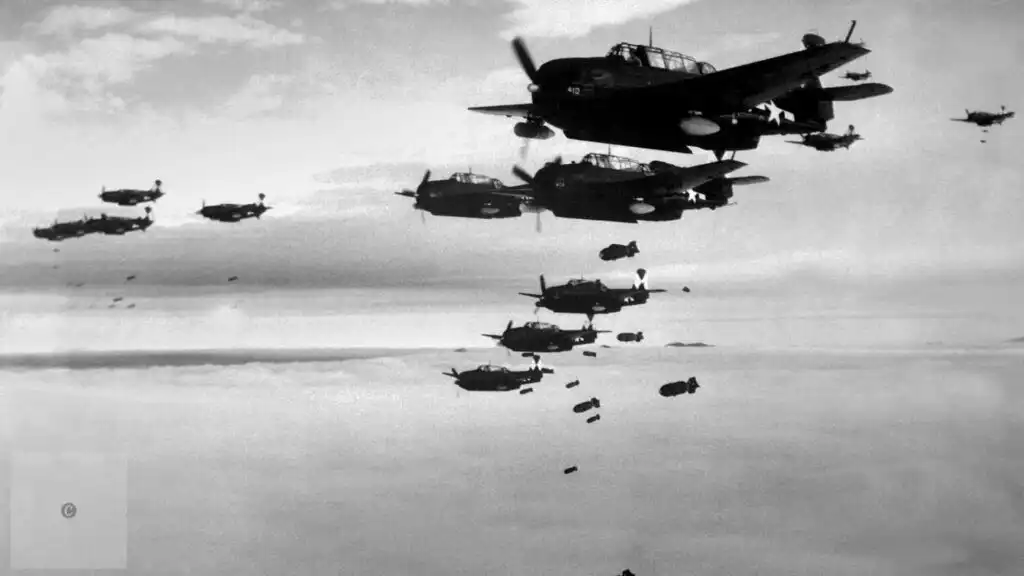Victory over Japan Day, known as V-J Day, marks the end of World War II and the beginning of an era of peace. Celebrated on August 15, 1945, the day commemorates Japan’s formal surrender to the Allied forces. This historic moment is remembered for its iconic images and enormous celebrations, often including people wearing a Navy hat to honor the military’s role.
Understanding the events that led to this day, known as The Lead-Up to V-J Day, provides a deeper appreciation of its significance in world history.

The Lead-Up to V-J Day
The events leading to V-J Day were marked by intense conflict and critical decisions. As World War II reached its final stages, the Allied forces were determined to end the hostilities in the Pacific. One of the most significant actions was the dropping of atomic bombs on the Japanese cities of Hiroshima and Nagasaki in early August 1945. These bombings resulted in unprecedented devastation and loss of life that prompted Japan to reconsider its position in the war.
In addition to the atomic bombings, conventional bombings and naval blockades had severely weakened Japan’s capacity to continue fighting. The Japanese leadership faced immense pressure both domestically and internationally. After recognizing the dire situation, Emperor Hirohito began seeking a way to end the war. This desire led to internal discussions within Japan’s government about the possibility of surrender.
On August 15, 1945, Japan announced its surrender, leading to widespread celebrations across the Allied nations. The formal surrender ceremony occurred on September 2, 1945, aboard the USS Missouri in Tokyo Bay. This ceremony marked the official end of World War II, and representatives from Japan and the Allied powers signed the Instrument of Surrender. The lead-up to V-J Day was thus characterized by a series of decisive and momentous events that culminated in the end of one of the deadliest conflicts in human history.
Celebrations and Reactions Worldwide
V-J Day was marked by celebrations and emotional reactions across the globe. In the United States, spontaneous celebrations erupted as news of Japan’s surrender spread. One of the most iconic images from this day is the photograph of a sailor kissing a nurse in Times Square. Across cities and towns, people took to the streets, wearing navy hats and waving flags to honor the victorious Allied forces and to mark the end of a long and brutal conflict.
In London, crowds gathered outside Buckingham Palace, cheering and waving to the Royal Family, who appeared on the balcony to join the celebrations. The relief and joy were palpable as people sang, danced, and shared in the collective moment of triumph. Similar scenes of happiness and relief were witnessed in Australia and Canada, with parades, church services, and public gatherings commemorating the war’s end.
In Asia, the reactions were more complex. In countries occupied by Japan, such as the Philippines and China, V-J Day was a day of liberation and hope for a new beginning. However, in Japan, the day was filled with relief, sorrow, and uncertainty about the future. The Japanese people faced the immediate aftermath of the atomic bombings, widespread destruction, and the task of rebuilding their nation.
The Impact of V-J Day
The impact of V-J Day was profound because it reshaped global politics and society in the immediate aftermath and for decades to come. The end of World War II marked the beginning of a new era, with significant shifts in power dynamics and the emergence of the United States and the Soviet Union as superpowers. The war’s conclusion set the stage for the Cold War, a period of geopolitical tension and rivalry dominating global affairs for several decades.
One of the most immediate effects of V-J Day was the establishment of the United Nations. Founded in October 1945, just a few months after Japan’s surrender, the UN aimed to foster international cooperation and prevent future conflicts on the scale of World War II. The war’s end also prompted the decolonization movement, as many countries in Asia and Africa sought independence from European colonial powers, leading to significant political and social changes worldwide.
Economically, the war’s end led to a period of reconstruction and recovery. Massively rebuilding efforts were undertaken in Europe and Asia, with programs like the Marshall Plan providing vital aid to war-torn countries. Japan, in particular, underwent a remarkable transformation, transitioning from a militaristic empire to a peaceful and prosperous democracy under the guidance of Allied occupation forces.
The Legacy of V-J Day
V-J Day is a powerful reminder of the triumph of peace over conflict. It marks the end of a devastating war and the beginning of a new era. Remembering V-J Day honors the sacrifices made and reinforces the ongoing commitment to global peace and cooperation.

Jessi is the creative mind behind The Coffee Mom, a popular blog that combines parenting advice, travel tips, and a love for all things Disney. As a trusted Disney influencer and passionate storyteller, Jessi’s authentic insights and relatable content resonate with readers worldwide.
